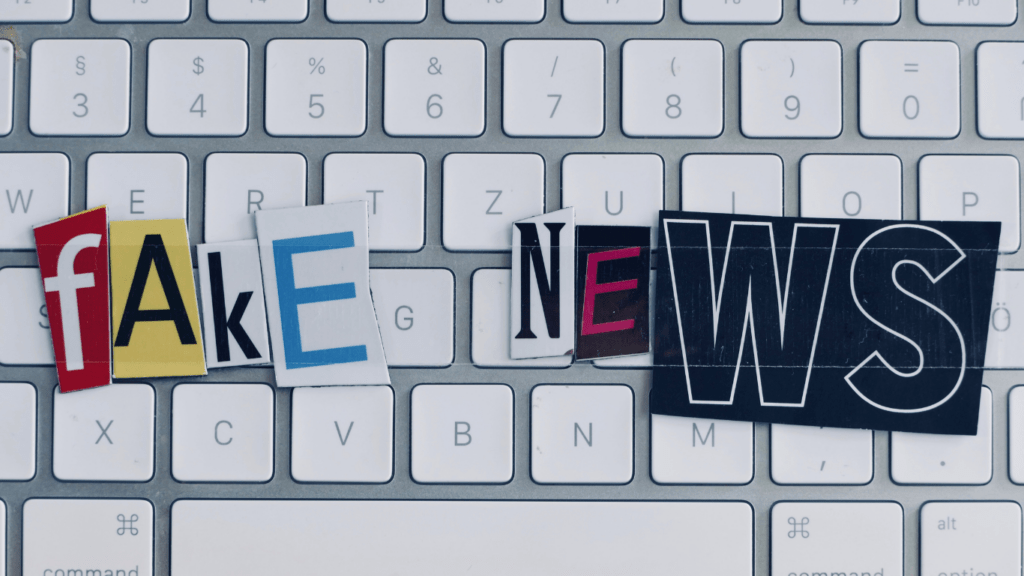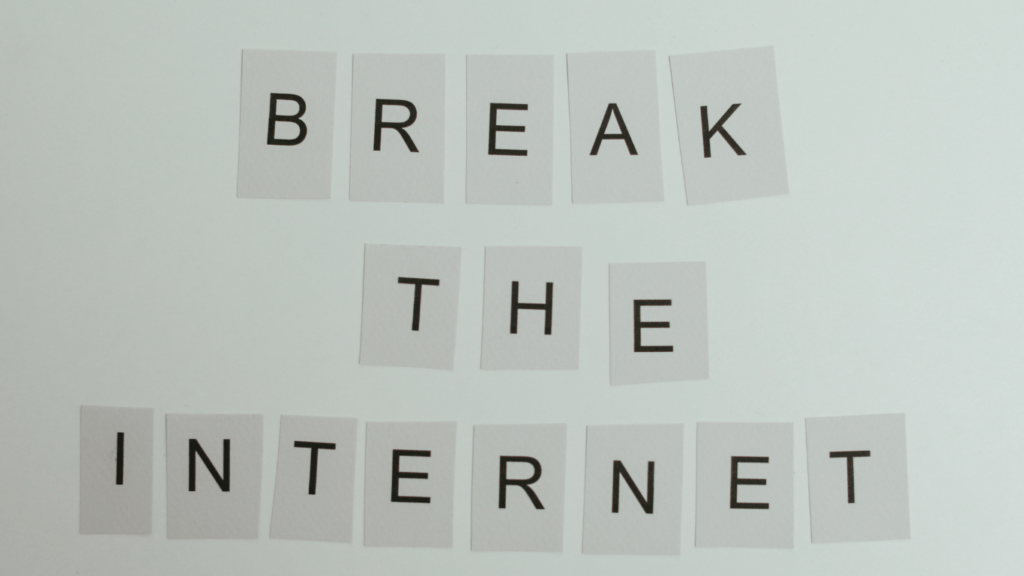Understanding Viral Hoaxes and Fake Challenges
Viral hoaxes and fake challenges exploit emotions, curiosity, and the fast-paced nature of online interactions. These tactics spread misinformation rapidly, making critical thinking essential.
What Are Viral Hoaxes?
Viral hoaxes are deliberate spreads of false information crafted to appear credible. They aim to deceive a wide audience and often rely on clickbait headlines or doctored images (e.g., photoshopped disasters, fake celebrity scandals). These hoaxes gain traction as users unknowingly share them, fueling their reach across platforms.
The Rise of Fake Challenges on Social Media
Fake challenges are fabricated trends that mimic real online challenges but lack authenticity. These include dangerous activities like the “Tide Pod Challenge” or exaggerated claims of success around viral fitness routines. Copycat accounts, sensational content, and peer-driven pressure contribute to their rise. Platforms amplify their visibility when users trend hashtags without verifying details.
Why People Fall for Misinformation
Individuals fall for misinformation due to cognitive biases like confirmation bias, where beliefs are reinforced by agreeable “evidence.” Emotional appeal, urgency in phrasing (“Share now!”), and the perceived credibility of sharers (e.g., friends or influencers) increase trust. The lack of fact-checking habits further enables its spread.
Common Signs of Misinformation Online
Spotting common signs of misinformation reduces the risk of being misled. It helps identify viral hoaxes and fake challenges designed to exploit emotions and shareability.
Lack of Credible Sources
Misinformation often lacks references to reliable sources. Claims without links to reputable studies, government websites, or verified news outlets are unreliable. Hoaxes may cite fictitious experts or use anonymous sources to appear valid.
Overly Sensational Headlines
Misinformation frequently uses exaggerated headlines to grab attention. Phrases like “You Won’t Believe…” or “Shocking Truth About…” suggest potential fabrication. Headlines with all caps, excessive punctuation, or emotional triggers aim to elicit clicks rather than provide factual content.
Incomplete or Misleading Information
Misinformation omits critical details or presents context that alters interpretation. Images or videos may be cropped, edited, or removed from their original setting. Claims relying on partial data or anecdotal evidence fail to offer balanced perspectives.
Tools and Techniques to Spot Misinformation

Identifying misinformation requires a proactive approach. Using the right tools and applying analytical techniques can help separate facts from falsehoods.
Fact-Checking Websites and Resources
Fact-checking platforms like Snopes, FactCheck.org, and PolitiFact evaluate claims and provide detailed analyses of their authenticity. These platforms investigate:
- trending rumors
- viral stories
- questionable challenges
I rely on these resources to verify information before trusting or sharing it. Additionally, Google Fact Check Explorer aggregates verified fact-checks from multiple sources, providing users with quick access to trustworthy evaluations.
Reverse Image Search for Verifying Photos
Reverse image search tools, such as Google Images or TinEye, confirm if images are authentic or manipulated. Uploading an image returns its origin and reveals how it’s been used across the web. For example, finding the same image associated with unrelated events or multiple contexts signals potential misuse. I often use these tools to debunk photos linked to fake challenges or viral hoaxes.
Evaluating the Source Credibility
- Reliable sources exhibit transparency and a history of accurate reporting.
- When assessing content, I examine the source’s credentials, affiliations, and domain (.gov, .edu) for credibility.
- Recognizable publications with established trustworthiness are more likely to uphold journalistic standards.
- I also review the content for balanced perspectives and citations, avoiding one-sided reports or overly emotional narratives.
How Social Media Platforms Combat Misinformation
Social media platforms employ various strategies to address the spread of misinformation. These measures focus on detection, prevention, and user awareness to create a more trustworthy online environment.
Flagging and Reporting Suspicious Content
Platforms allow users to flag content they believe is misleading or harmful. When flagged, posts are reviewed by moderation teams who determine their accuracy and compliance with community guidelines. For instance, Facebook and Twitter use systems where flagged posts are escalated to fact-checkers or dedicated review teams. Some platforms display warnings on posts under review, reducing their visibility until a verdict is reached. User reporting plays a critical role in identifying new or emerging misinformation trends.
AI Tools and Algorithms for Detection
AI-based tools analyze vast amounts of data to identify patterns associated with misinformation. Systems like Meta’s DeepText and YouTube’s machine learning tools use natural language processing and image recognition to detect manipulated text, videos, or photos. Algorithms prioritize content fact-checking for claims showing abnormal engagement spikes. To counter evolving tactics, these systems learn from verified false claims, continuously improving their detection capabilities.
Tips for Staying Informed and Safe Online
Staying alert to misinformation requires adopting critical habits to evaluate content and maintain online safety. These habits can help minimize risks and improve the credibility of shared information.
Think Before You Share
Pausing to verify content before sharing it minimizes the spread of misinformation. I analyze sources, check dates, and avoid impulsively sharing content based solely on emotional reactions. Certain triggers like outrage, fear, or shock often accompany unverified claims, so I focus on facts over feelings. Additionally, I scrutinize whether the content matches an official announcement or credible reporting to ensure its authenticity.
Cross-Check Information From Multiple Sources
Verifying claims with multiple trustworthy sources reduces the chances of misinformation. I search for consistent facts across reputable outlets instead of relying on a single post or article. Credible sources, including well-known news organizations and verified accounts, typically cite evidence or provide thorough context, while dubious ones avoid transparency. If conflicting details arise, I prioritize the source with a better reputation for accuracy and accountability.



